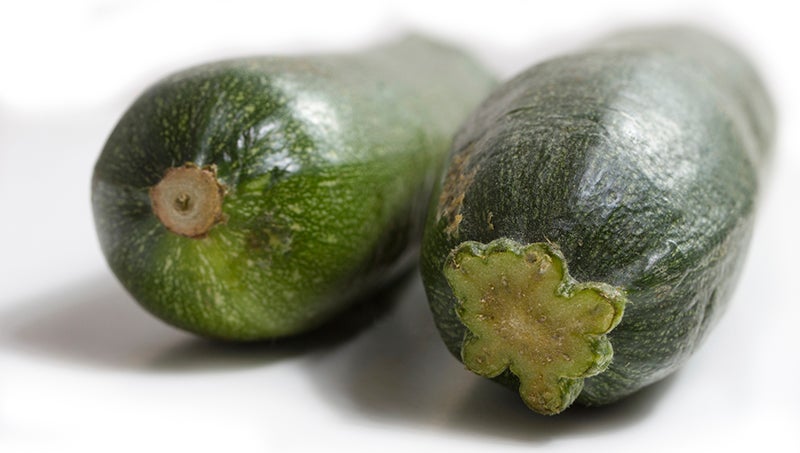If zucchini is squash, why isn’t it called squash?
Published 7:41 pm Thursday, May 16, 2019

- (Alabama A&M & Auburn Universities Extension)
Some questions are just too good to pass up! This was a question submitted by my very bright, inquisitive, 11-year-old son, Brody. I happened to tell him that zucchini is nothing more than a fancy name for green squash. Then, the inevitable: why come?
Summer squash (Cucurbita pepo) has been in cultivation in Central and South America dating back to 5,000 BC. A short time after America was colonized by Europeans, summer squash was cultivated in Europe. It is believed that the Italians then developed zucchini shortly thereafter. Zucchini is a variety of summer squash. Summer squash differs from other cucurbits in that the fruit is eaten while it is still immature. The skin is nice and soft at this point and is easy to eat. Summer squash can be different shapes and either green, yellow or even white. There are several types of summer squash included in this genus and species — they include yellow, pattypan, spaghetti squash and zucchini. There are also carving-type and miniature pumpkins, acorn and delicate winter squash and many ornamental gourds that belong in this genus and species.
To grow summer squash, select a good site that has full sun, plenty of space and access to a close water source. Well-drained sandy loams with good organic matter are best for growing summer squash. The plants will be most productive in a soil with a pH of 6.0-6.5. Prepare your soil according to a soil report from the North Carolina Department of Agriculture, using the lime and fertilizer recommendations. Do not choose a poorly drained area where the plants will have wet feet. This will result in poor growth, poor yield and most likely end your season with a disease issue. Plan to rotate all cucurbits such that they will not be grown in an area of the garden but once in a three-year period. This is done to prevent soil-borne diseases.
Summer squash can be grown from seed or by transplants, although growing from seed is generally a better idea to prevent disease pressure in the garden. Plants should not be planted until after the threat of frost has passed. In our area, that is generally either side of April 15. Plant seed 1 to 1 ½ inches deep in rows between 36 and 48 inches wide and once established thin to 18 to 28 inches between plants. Stagger your plantings to have squash throughout the season, planning to harvest plants for three to four weeks. Plants will take between 35 and 50 days to produce fruit. Harvest the fruit while still small and appearance is glossy or shiny. Depending on rainfall and heat, your crop may be harvested every other day to every day. Fruit rapidly decline once they get larger; this is also taxing to the plant and may result in less harvest overall. Harvest straightneck and crookneck varieties when fruit is 1 ¼ to 2 inches in diameter. Harvest scallop types when they are 3 to 4 inches in diameter and zucchini when it is 7 to 8 inches long. Use a sharp knife or scissors to cut the fruit from the plant, leaving a little of the stem on the fruit. Use gloves to avoid irritation from the spines on the plant. Summer squash are very tender and easily punctured. If you are in a sandy area especially, plan to use mulch to keep soil from blasting the fruit during wind events.
Summer squash can be grilled, fried, steamed, boiled, sautéed or eaten raw. The blooms (usually the male blooms) of the plant can be picked and fried, stuffed or eaten in a salad. For some folks, summer is characterized by a good cookout with buttered-up sweet corn. For me, however, nothing says summer like some good homegrown green and yellow squash cooked-up in an iron skillet with those amazing sweet onions grown in Hyde and Beaufort counties! To quote my son, “This is the closest a vegetable will ever get to being a dessert!” Enjoy your garden!
If you have a horticulture question, call the Extension Master Gardener volunteers in Beaufort County or Gene Fox, at 252-946-0111 or email Gene at gene_fox@ncsu.edu. Your question might just make the paper!
Gene Fox is the area consumer horticulture agent for North Carolina Cooperative Extension.




